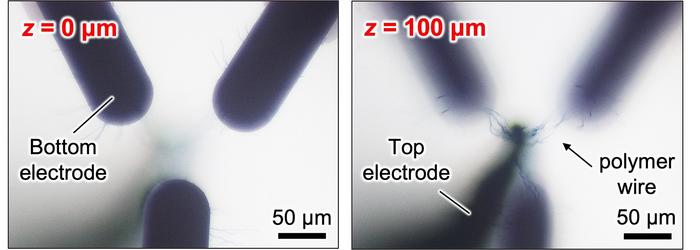In the symphonic landscape of artificial intelligence, imagine the neurons singing in harmony. Enter the lush forest of neural networks – where biological genius meets silicon.
The original maestros of neural networks sought to craft a digitized symphony inspired by biology’s orchestra. But the current neural networks are like a symphony playing with borrowed instruments – they’re aching for a touch of nature. Now, Japan’s tech wizards are bringing an alluring twist by creating ‘neuromorphic wetware’.
Until now, neural networks have been the knights in shining armor in many realms like the sorcery of image generation and cancer diagnosis. However, they’re the mere mortals against the gods – human brains. Their Achilles heel? Traditional computer hardware. Imagine trying to construct a rainforest with legos – it’s bound to fall short.
Neuromorphic wetware, flourishing on memristive devices, might just be the answer. Picture this: devices with resistances molded by their own historical symphony of voltage and current. The tech alchemists are summoning conductive polymer wires from an otherworldly solution through electropolymerization. With some spellbinding voltage pulses, the resistances are fine-tuned, thus giving birth to a memristive device.
Megumi Akai-Kasaya, the sensei in this realm, chimes in, “The potential to create fast and energy-efficient networks has been shown using 1D or 2D structures. Our aim was to extend this approach to the construction of a 3D network.”
Using a concoction of polymer wizardry called ‘PEDOT:PSS’, the researchers grew these wires in a mesmerizing 3D dance. Imagine the neurons growing, reaching out, making bonds – like nature whispering to silicon. They drew inspiration from how an infant brain’s synaptic connections grow – the ultimate ode to the biological muse.
The enchantment does not end here. Naruki Hagiwara, the conductor of this symphony, unveils, “The process is continuous and reversible,” and elucidates, “and this characteristic is what enables the network to be trained, just like software-based neural networks.”
The spell cast by these researchers allowed this wetware to learn autonomously through Hebbian learning – think of it as neurons getting chummy over a pint; the more they fire together, the stronger they bond. And that’s not all – the team wielded spike-based learning, a seductive technique that mimics the biology even more closely, by orchestrating the diameter and conductivity of the wires.
With ambitions soaring higher than a falcon, the researchers are now keen on crafting a labyrinth of electrodes on a chip, beckoning more power through microfluidic channels. It’s a euphoria where tech pays homage to biology.
So, hold your breath as the misty rainforest of neural networks takes shape – a wetware that could soon bring the soul of nature into the ones and zeros of the digital world.
If our reporting has informed or inspired you, please consider making a donation. Every contribution, no matter the size, empowers us to continue delivering accurate, engaging, and trustworthy science and medical news. Independent journalism requires time, effort, and resources—your support ensures we can keep uncovering the stories that matter most to you.
Join us in making knowledge accessible and impactful. Thank you for standing with us!

